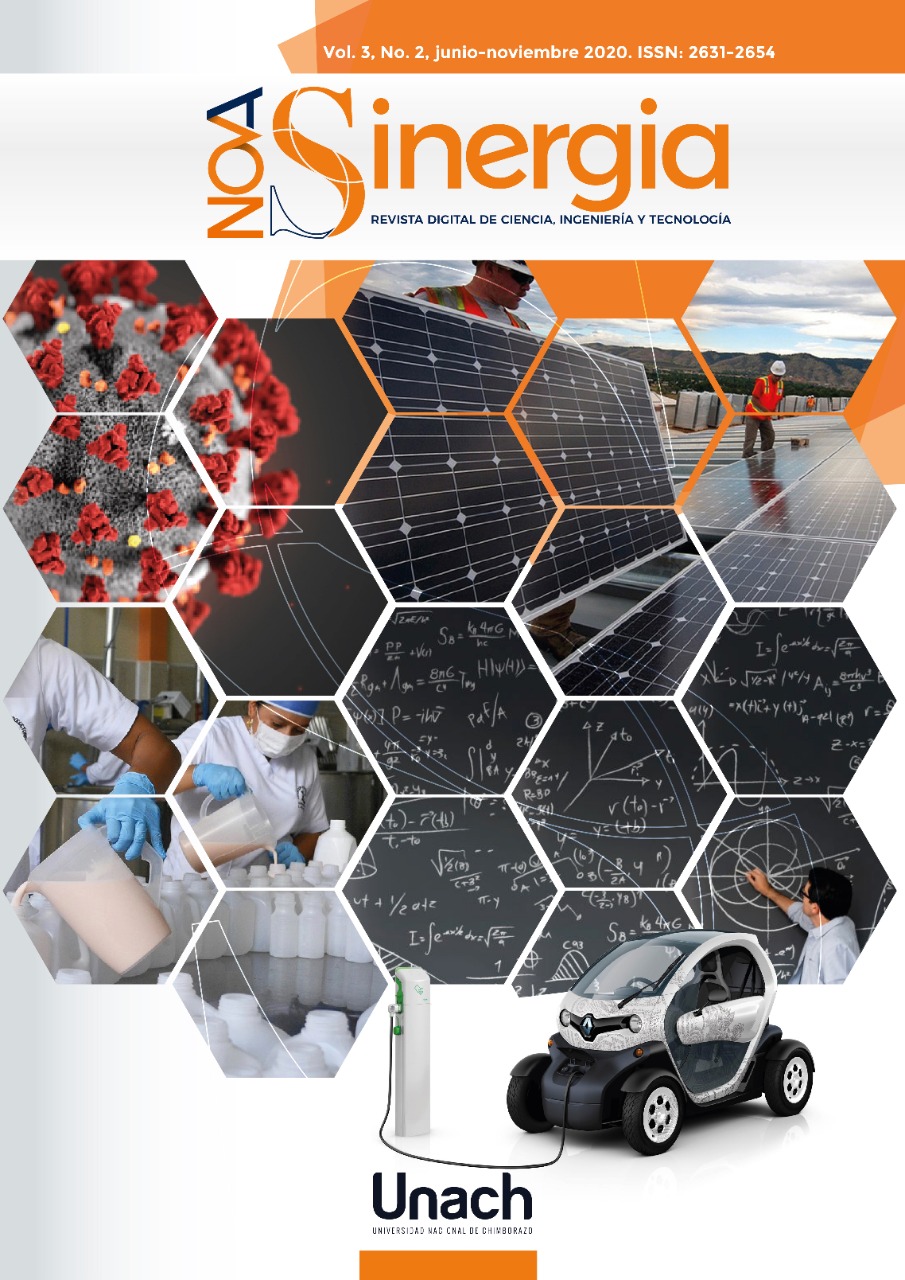Diseño de un post-procesador para sistemas de modelado por deposición fundida utilizando un brazo robótico Mitsubishi
DOI:
https://doi.org/10.37135/ns.01.06.05Palabras clave:
Control de robots, fabricación por deposición fundida, impresión 3D con robots, post-procesador código G, programación de robotsResumen
Este trabajo presenta el desarrollo de un post-procesador para el uso de un robot, Mitsubishi RV-2AJ, en procesos de modelado por deposición fundida (MDF). Para este propósito se diseña y se adapta un sistema de alimentación y arrastre de material a un brazo robótico Mitsubishi. También se ha desarrollado una interfaz para facilitar la comunicación entre el computador y el robot. Para que el robot realice su nueva función, es necesario partir de un modelo digital, compatible con la técnica de impresión 3D, generándose las trayectorias, instrucciones y tareas de trabajo. La información es post-procesada para que sea interpretada en el lenguaje del robot. Para comunicar los diferentes elementos con la controladora del robot se realiza el control y la programación mediante un sistema mínimo de electrónica. Finalmente se desarrolla una aplicación, se estructura el procedimiento y la secuencia necesaria para realizar el proceso de impresión.
Descargas
Referencias
Andres, J., Gracia, L., & Tornero, J. (2009, April). Inverse kinematics of a redundant manipulator for CAM integration. An industrial perspective of implementation. In: 2009 IEEE International Conference on Mechatronics (pp. 1-6). IEEE.
Gibson, I., Rosen, D. W., & Stucker, B. (2014). Additive manufacturing technologies (Vol. 17). Springer. New York. EE. UU. https://doi.org/10.1007/978-1-4939-2113-3.
Guarín, A., Baena, F., & Mora, J. (2017). Fábrica de Aprendizaje: Nuevo modelo de enseñanza productiva. First South American International Conference on Industrial Engineering and Operations Management, Bogota, Colombia,
Iglesias, I., Sebastián, M. A., & Ares, J. E. (2015). Overview of the State of Robotic Machining: Current Situation and Future Potential. Procedia Engineering, 132, 911–917. https://doi.org/10.1016/j.proeng.2015.12.577
Ishak, I. B., & Larochelle, P. (2019). MotoMaker: a robot FDM platform for multi-plane and 3D lattice structure printing. Mechanics Based Design of Structures and Machines, 47(6), 703-720.
Ji, W., & Wang, L. (2019). Industrial robotic machining: a review. International Journal of Advanced Manufacturing Technology, 1239–1255. https://doi.org/10.1007/s00170-019-03403-z
Keating, S., & Oxman, N. (2013). Compound fabrication: A multi-functional robotic platform for digital design and fabrication. Robotics and Computer-Integrated Manufacturing, 29(6), 439-448.
Laarman, J., Jokic, S., Novikov, P., Fraguada, L. E., & Markopoulou, A. (2014). Anti-gravity additive manufacturing. Fabricate 2014: Negotiating design & making, 191-197.
Magnoni, P., Rebaioli, L., Fassi, I., Pedrocchi, N., & Tosatti, L. M. (2017). Robotic AM system for plastic materials: tuning and on-line adjustment of process parameters. Procedia Manufacturing, 11, 346-354.
Pérez, R., Gutiérrez, S. C., & Zotovic, R. (2018). A study on robot arm machining: Advance and future challenges. Annals of DAAAM & Proceedings, 29. https://doi.org/10.2507/29th.daaam.proceedings.134
Wu, C., Dai, C., Fang, G., Liu, Y. J., & Wang, C. C. (2017, May). RoboFDM: A robotic system for support-free fabrication using FDM. In: 2017 IEEE International Conference on Robotics and Automation (ICRA) (pp. 1175-1180). IEEE.
Xiao, J., Eynard, B., Anwer, N., Le Duigou, J., & Durupt, A. (2016). Geometric Models and Standards for Additive Manufacturing: a Preliminary Survey. 2016 Virtual Concept International Workshop - Major Trends in Product Design, Bordeaux, France, (March 2016), 1–4.






